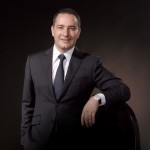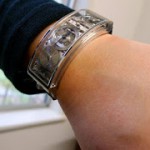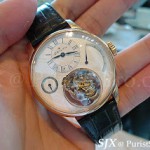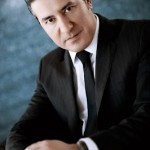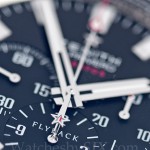Interview: Julien Tornare, CEO of Zenith
On progressive watchmaking and marketing.
In mid 2017, Julien Tornare, became chief executive at Zenith, maker of the famed El Primero chronograph. This came after a 17-year stint at Vacheron Constantin, where his last job was running the brand’s operations in Asia, its most important market by a large margin.
At Zenith, Mr Tornare was called upon to revitalise a brand that had been drifting for some time. Zenith was clinging on too tightly to the past – namely the landmark El Primero – to the exclusion of everything else the brand had achieved.
The diversification beyond the El Primero is exemplified by the Defy, a product crucial to the brand’s resurgence. The collection swiftly became a bestseller since its debut two years ago, but also boasts a milestone for the industry at large with the radical silicon oscillator in the Defy Inventor.

The Defy Inventor
During the El Primero 50th anniversary event that took place late last year in Singapore, I sat down with Mr Tornare to discuss his vision for Zenith, and how his start-up approach to running the brand has helped propel it into the new decade.
The interview was edited for length and clarity.
It has been two years since you took over at Zenith. Do you think you’re past the toughest part of the job?
The toughest was probably at the beginning; getting the team on board with my vision was the most challenging. You can only develop a brand when you have everybody with you, and when you come from an entirely different brand, that takes some time.
The first thing I did was to change their mentality. I wanted them to think creatively. For instance, I put in place a system last year where all employees, regardless of their departments, have to give me five innovative ideas if they want to get their bonuses at the end of the year. I want them to feed the company with their creativity, whether they are watchmakers, polishers, accountants, after-sales service.
You can do a lot of things, but the culture of the company is the most difficult to change, especially in Switzerland, where people are a bit conservative, or in the Swiss mountains, where people are even more conservative. I would say the whole company is more tightly knit now, and I am very happy with where we are.
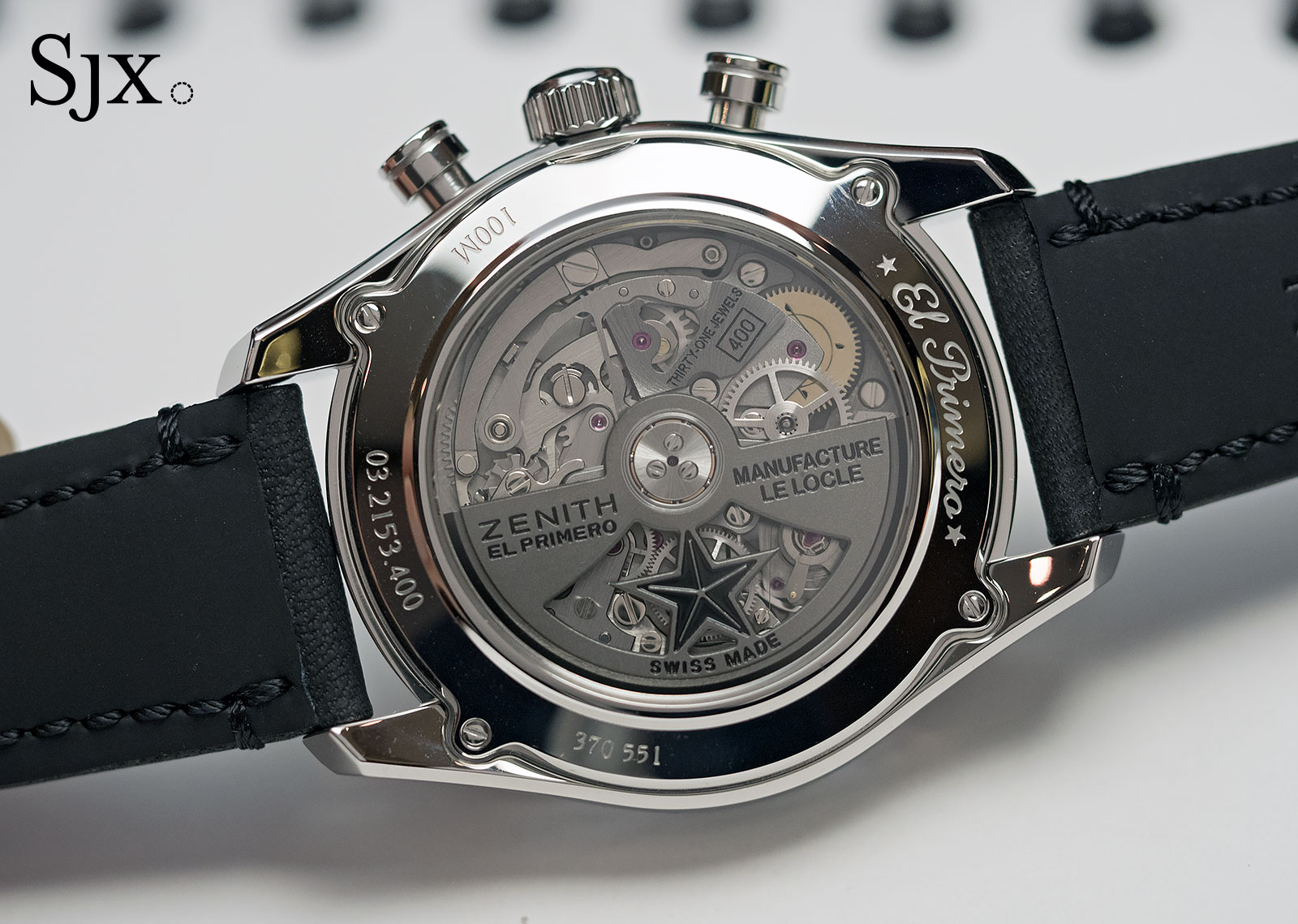
The El Primero 400 movement, still in production nearly unchanged – 50 years after its introduction
You have gone into pre-owned watches at True Facet and also e-commerce, while also doing collaborations with Bamford, Phillips and so on. How are all of these working out for you?
If you want to be modern and innovative, you have to take care of all of these areas.
E-commerce is very important. We started to work with third parties like Mr Porter, JD.com and so on. And now we have also started direct e-commerce [from our own website]. E-commerce works mostly with limited editions or special watches that people cannot find anywhere else. Even though it is still small in terms of volume, you have to get started.
Selling pre-owned watches is also a trend today. We can’t say we won’t do secondhand just because we sell new watches. So we are developing a new concept to integrate into our own boutique, where we will offer secondhand watches that are authenticated, checked and maintained by the brand.
And lastly, we have customisation. Mr Biver told me to go and make up my mind if we should work with George Bamford [of watch customiser Bamford Watch Department]. So, I flew to London to meet George.
I have to be honest with you, I was more conservative then, and I thought nobody should touch our watches. Not a chance, I said. But when I met him, I realised he has such an incredible network of clients, and he knows how to customise very well – much better than us, in fact.
I realised this guy is going to do it anyway, in his little corner of the world, and for many brands. If he wants to do it, we cannot stop him. But if I make a deal with him, not only will he continue this, but I will have more control.
Today, I look at every single Zenith watch that he is customising and I give my approval. So, it is better controlled and a better experience for clients. It’s a win-win.
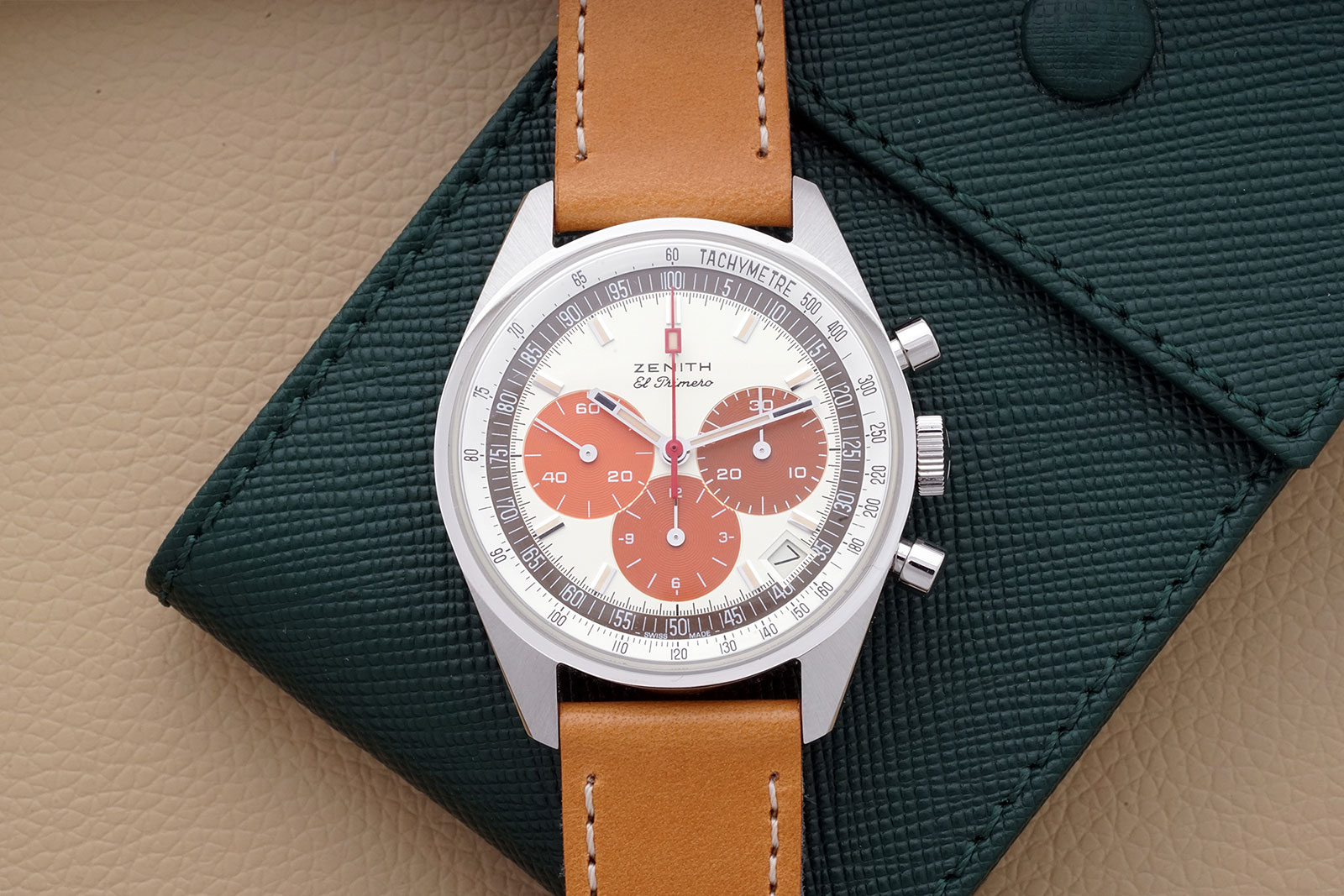
The El Primero A386 limited edition designed together with auctioneers Phillips. Photo – Phillips

The El Primero Revival A384 Edge of Space, a collaboration with Bamford Watch Department and Mr Porter. Photo – Zenith
Zenith has long been a niche brand for collectors and aficionados. Do you plan to scale it up, or continue to cater to a specific group of buyers?
I’ll scale it up, of course. Right now, we are growing very fast in Asia and Greater China, but historically Zenith was very strong in Japan because the Japanese are highly knowledgeable about the technical aspects of a watch. Not that Japanese don’t care about marketing, but they really want to understand the substance and content of the things they buy. With Zenith, they knew they were buying something authentic – at the right price. That is why we became very strong in Japan.
But I cannot just appeal to the watch collectors and the Japanese. I also need to sell to people who know nothing about watchmaking.
So my vision: we have a long history, which we will respect and capitalise on. And we will remain authentic because I believe the new generation is much more mindful of authenticity and substance. We will continue to make 100% of our movements. I think right now, there are only a maximum of four or five brands that can say the same.
So that is something I will uphold, but it also doesn’t mean that I shouldn’t express the brand in a more contemporary, 21st century way. Maybe with big events, parties, celebrities, ambassadors. I will do all of it because I need to market the brand. If I do all of these things right, then we will have a brand that is very authentic with real mechanical substance but, at the same time, modern and fun.

The recent El Primero A384 Lupin The Third Edition, a limited edition inspired by a Japanese comic and available only in Japan. Photo – Zenith
The Defy watches are sporty and presumably catered for a younger audience, but many are also highly technical and complicated, like the Inventor and double tourbillon. How do you communicate the qualities of the watch?
Our aim is to reach different segments of the market with a contemporary design. I believe that overall in the watch industry there is a trend of executing traditional complications in an ultra-contemporary way. If you look at even the most classic brands today, their more sporty, contemporary line is gaining market share while the classic lines are going slightly downhill.
Most of our technological innovations will be in the Defy collection, so there are high complications, but also there is the Defy Classic, which is mechanically simple and easier to digest, and young collectors can eventually progress through the line. But we are missing an important element – women’s watches. So, we have developments to come in terms of that.
With the Defy collection, you have managed to produce rare complications at fair prices. Can you explain how this was achieved and how the engineering was optimised?
It was accomplished in different ways. Because we develop everything in-house, we also mastered the research and development, so it allowed us to reach what we believe is the right price.
The watch industry hasn’t always been the most transparent one. Sometimes there are two watches with the same movement but priced in a very different way. I think that is not fair to the consumer.
We have a responsibility to be fair. We may make less margins, which may not make sense from a business point of view, but I think it does make sense from a long-term, brand-building point of view. Because if you build your business purely on marketing and wind, I would say, at some point, it will go down. My job is to ensure longevity.
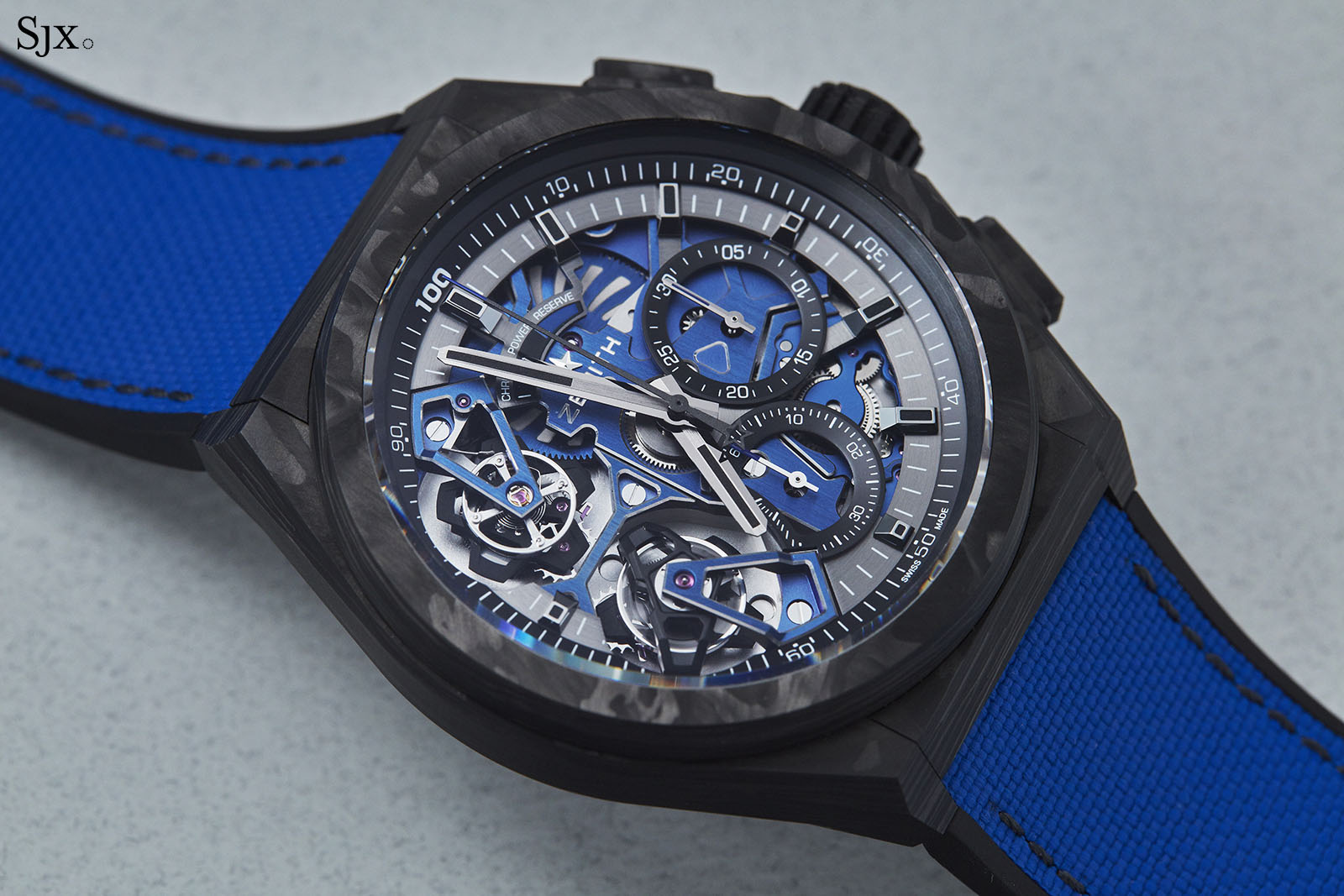
The Defy El Primero Double Tourbillon
The Defy Inventor was developed by the LVMH research institute while CSEM produces the complex silicon parts. Is the collaboration in terms of high-tech parts going to expand into other watches?
Of course, but right now we are really focused on the Inventor because it is a major project. Basically, the oscillating part is based on a mathematical formula and then it is all about the fabrication of the oscillating part. If there’s a mere micron of a difference, it is not going to work well, so it is still very delicate to produce.
Today if I could make thousands of pieces, I would need them because I took more than 2,000 orders for the Inventor. Right now, I am only producing 300-350 a year, but we will improve the production process as we go.

The tiny silicon escape wheel with its numerous, narrow teeth of the Defy Inventor
What were the challenges that needed to be overcome to bring the Inventor to market?
The demand is so strong that the only challenge is production – how to produce more and faster. We are working with very tight tolerances, so it means that sometimes we have to reject some of the oscillating parts. And sometimes it has to be reworked manually. So, we are still learning, and we want to take the time to do it well because this is a long-term project.
But in terms of market acceptance, it has done exceptionally well. Why? Two reasons. It is a great technical innovation, which I can explain it to someone like you who likes it and understands it.
But sometimes when you talk to certain clients, they don’t really care and don’t want to understand. But they think the watch is cool because you can see the vibration [of the silicon oscillator]. So, in that regard, it is very good because it offers a strong visual impact. And I think it is something we will continue to capitalise on.
How will it evolve from here? Are you able to change its shape, make it smaller, or work with separate components to retain the feel of a mechanical watch?
Yes, we are doing so much research now. We are trying to make it smaller, and change its colour. We can even change the shape of the oscillating part while keeping the same properties. So, this is only the beginning. There will be plenty of evolutions to come.
On the subject of high-tech materials, the Defy 21 was initially equipped with carbon hairsprings, but those components have been dropped. Have you stopped using them?
Yes, we stopped it because the reliability of the [carbon nanotube hairsprings] was not up to standard. When I arrived at Zenith, development of the hairsprings was an ongoing progress and we put it through many tests. It wasn’t perfect, and I decided we didn’t need it to launch the watch now.
If it proves to be efficient one day, why not? But the hairspring is not the most important aspect of the Defy 21. And I wanted to make sure the watch was 100% reliable. [Using alloy hairsprings for the movement,] we have the lowest return rate – almost the lowest ever – with the Defy 21. And I’m very happy.
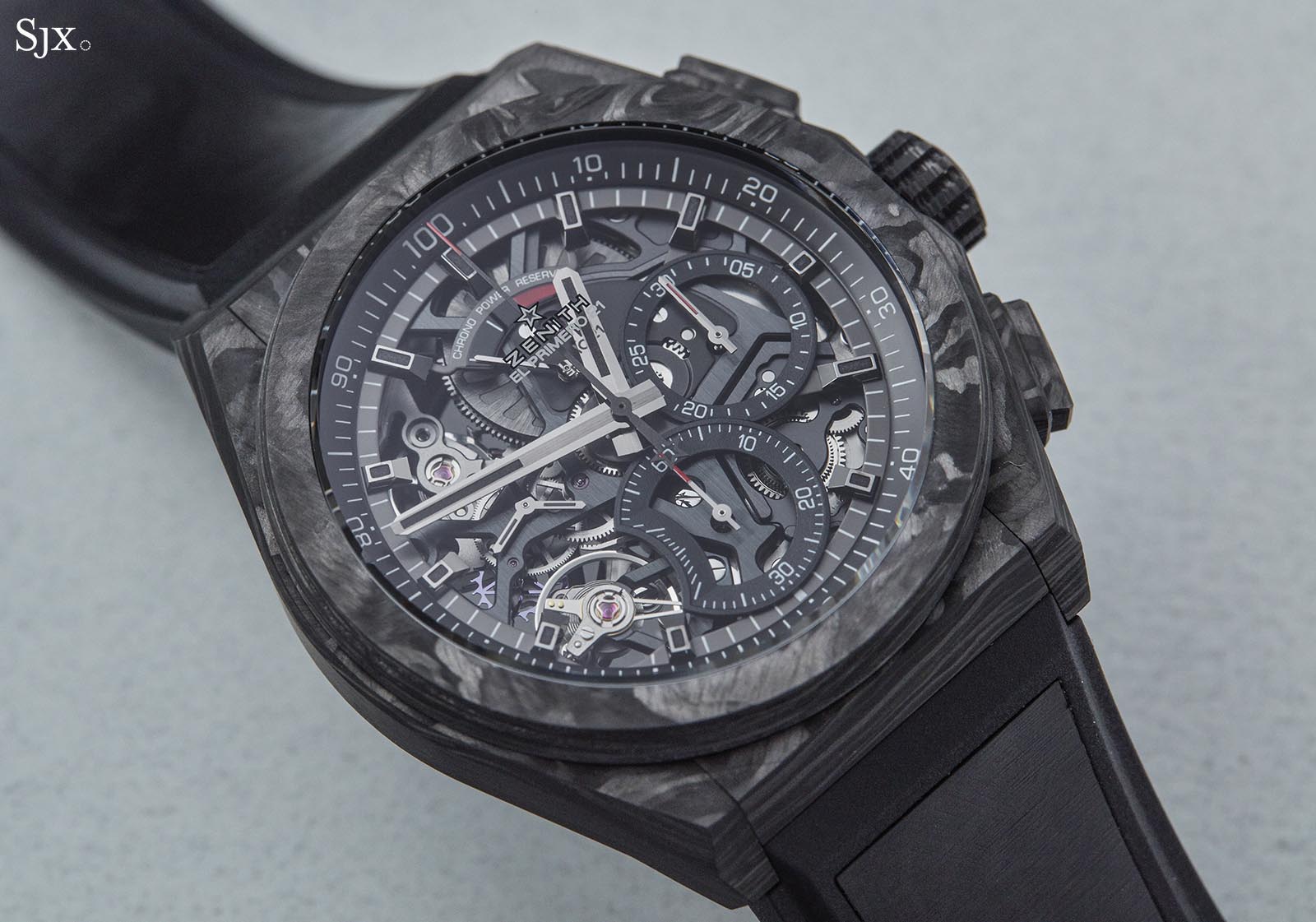
The Defy 21 with a 1/100th of a second chronograph
How do you strive to balance the historical Zenith with the high-tech Zenith?
It has to be a natural balance. If you think about the El Primero when it was made in the 1960s, it was such a big innovation. A year ago, I thought about its anniversary, and I realised that 50 years is a long time but it’s not that long.
I started to get in touch with the people who made the El Primero. I was in touch with eight people and they told me what it took to create the movement. Many people told them a high-frequency automatic chronograph would never work, but now it has become a legend. Why? Because they believed in what they were doing and they wanted to push the limits of technology, which is what we continue to do today with the Defy collection.
If we do not evolve today, we are basically disrespecting the past because these gentlemen were very innovative and that’s been the problem of the watch industry.
Looking at watches in the industry today, many of them are just repeating the past. I think it is a mistake. Of course, you can have revivals and vintage-inspired watches, but we live in the 21st century. If you want millennials to run away from mechanical watches and wear a cellphone on their wrist, then by all means repeat the past. But I still want to show them that our industry is a very dynamic one.
The El Primero is a landmark but it’s now 50 years old. What are the plans for it? Will you evolve the movement, or keep it as it is and develop a whole new caliber?
Yes, of course we will evolve it while respecting the design codes and aesthetics. We are launching an El Primero 2. It is the original El Primero but with some modifications done to the movement. The original was no doubt a great movement, but still it was made 50 years ago, so there is room for improvement.
Back to top.

